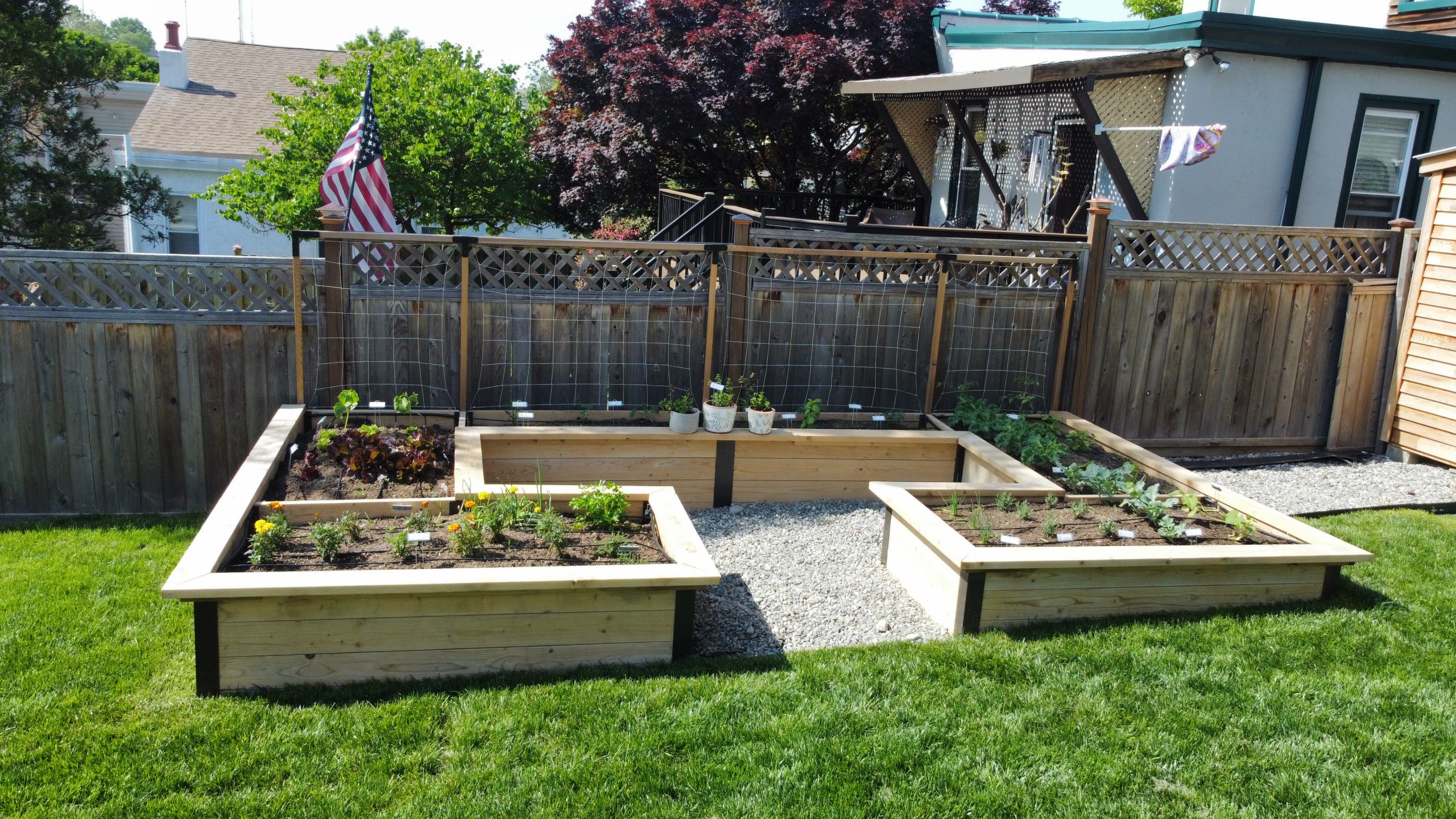
Food prices are increasing, and produce quality is decreasing, so it’s no wonder why people are turning to gardening as a source of delicious, organic, and fresh food. Raised garden beds are becoming increasingly popular due to their accessibility, protection, and beauty.
Do you want to start a garden but don’t have the space or time to do it? A raised garden bed is the perfect solution! This blog post will discuss everything you need to know about raised garden beds. We’ll discuss the materials used to make a raised garden bed and the best plants you can grow. So if you’re ready to start gardening, keep reading!
Understanding Raised Garden Beds
What Are They?
Raised garden beds are elevated garden beds, usually made of wood or other building material. They are about 6-12 inches above the ground and can be used to grow various plants.
Types Of Materials You Can Use To Build Them
Raised bed materials must be durable, safe to use around people, plants, and soil, and easy to work with. Common types of materials for raised garden beds include wood, masonry, natural stone, and metal.
- Wood is the most common material used for raised garden beds as it is highly versatile. Creativity is endless for wooden raised beds, as they can come in any size, height, and shape.
- Masonry is another common material for raised garden beds (natural stone and brick). It’s an excellent material for raised beds because of its durability. Unfortunately, masonry can be expensive if you need large quantities, and it’s heavy to work with.
- Natural stone helps maintain the temperature of the soil and its moisture levels. It makes them ideal for growing vegetables, herbs, and flowers. Granite, sandstone, limestone, and fieldstone are standard options for natural stone.
- Metal-raised beds are becoming more popular since they give a modern look to your edible landscaping. In addition, they can last up to 30 years. Metal functions as a heat sink and can help regulate your soil’s temperature.
Finally, choosing suitable plants for the material you use is essential. For wood-framed raised beds, plants such as tomatoes, peppers, and squash are excellent choices as they require support from a frame. Herbs and salad greens grow well in any raised bed.
Why Should Professionals Install It?
Professionals will ensure that the raised garden beds are securely and properly installed so that you can maximize their benefits. Professional installers can advise on what materials to use for your edible landscaping bed and which plants to grow.
Benefits Of Raised Garden Beds
The benefits of raised garden beds include accessibility, protection, and beauty.
Accessibility
Raised garden beds are great for people with limited mobility since they can be built at any height, and the soil is kept loose, making it easier to bend over and work in the beds.
Protection
Raised garden beds provide an effective layer of protection for your edible garden, safeguarding against pests and weeds. As the soil in raised garden beds is kept loose, it makes working in them more manageable and helps retain moisture better than in traditional gardens. Plants are less likely to suffer from diseases, and the topsoil won.
Beauty
Raised garden beds make a beautiful addition to any yard. They come in all shapes and sizes, so you can design them to match your landscape.
Stop Looking For Gardeners Near Me!
Dreams come true, and your perfect raised garden bed is just around the corner. If you’re looking for gardeners near me, Backyard Eats is your solution. Our edible landscaping experts in Philadelphia are committed to sharing the magic of homegrown food.
Let’s ensure your edible garden always looks beautiful and flourishing with the help of professional raised garden bed installation from Backyard Eats!
[/et_pb_text][/et_pb_column] [/et_pb_row] [/et_pb_section]
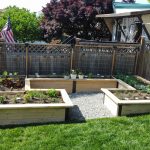
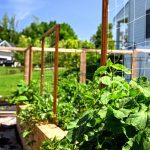
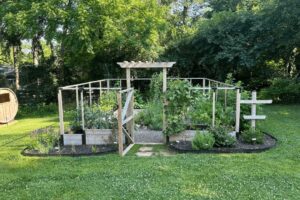
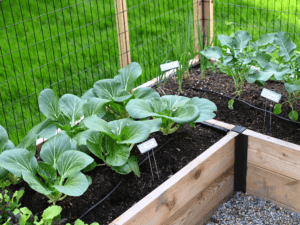

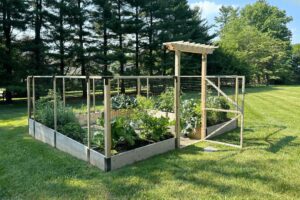
No comment yet, add your voice below!